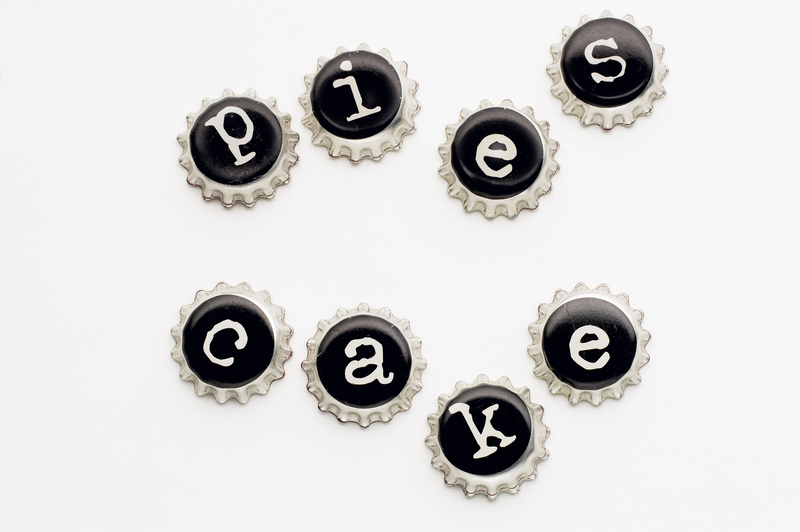Microplastic Menace: Can It Be Controlled?
Microplastics have emerged as an invisible threat infiltrating every corner of our planet. These tiny plastic particles are less than five millimeters in size, yet they pose an immense threat to environmental and human health. As our oceans, soil, and even the air become saturated with these pollutants, the question arises: Can the microplastic menace truly be controlled?
Understanding the Origin of Microplastics
Microplastics originate from a variety of products and processes. They are primarily divided into two categories:
- Primary Microplastics: These are intentionally manufactured small plastics found in a variety of products such as cosmetics, detergents, and industrial abrasives.
- Secondary Microplastics: These emerge from the breakdown of larger plastic waste due to environmental degradation factors like UV radiation and mechanical actions.
Both types of microplastics permeate the environment and have been detected in some of the most remote areas of the world, showcasing their pervasive nature.
Impact of Microplastics on the Environment
The environmental impact of microplastics is profound:
- **Marine Threat:** Marine ecosystems are particularly vulnerable, as microplastics are ingested by a variety of aquatic life, from plankton to whales. These microplastic particles in the sea disrupt food chains and impact biodiversity.
- Soil and Freshwater Contamination: Microplastics affect soil health, reducing agricultural productivity, and contaminate freshwater sources, posing risks to both flora and fauna.
- Airborne Spread: Surprisingly, microplastics have been found in the atmosphere, and humans may be inadvertently inhaling them.
Assessing the Health Risks of Microplastics
While the long-term impacts on human health are still under study, initial research suggests potential risks:
- Ingestion and Inhalation: Particles enter the human body through food and air, depositing potentially toxic substances.
- Pathogen Carriers: Microplastics can harbor harmful bacteria and chemical pollutants, increasing exposure risks.
- Cellular Impact: There is concern over potential inflammatory responses triggered by these foreign particles in human tissues.


Strategies to Combat Microplastic Pollution
Addressing the microplastic menace requires a multipronged approach:
Policy and Legislation
The role of government policies cannot be underestimated:
- **Bans on Microbeads:** Countries like the United States and the UK have restricted the use of microbeads in cosmetic products.
- Plastic Reduction Initiatives: Many nations are adopting strategies to limit single-use plastics, thereby reducing the potential for secondary microplastic formation.
- International Cooperation: Global agreements and treaties are essential for tackling transboundary plastic pollution effectively.
Technological Innovations
Innovative technologies can aid in combating microplastic contamination:
- Advanced Filtration Systems: New filtration technologies are being developed to capture microplastics in wastewater before they reach natural water bodies.
- Biodegradable Alternatives: Development of sustainable, biodegradable materials can significantly reduce dependency on conventional plastics.
- Environmental Cleanup Initiatives: Technologies like floating barriers and micromeshes that capture plastics are being deployed in waterways worldwide.
Raising Awareness and Education
Education plays a pivotal role in control efforts:
- **Public Awareness Campaigns:** Informing communities about the sources and effects of microplastics can lead to more conscientious consumption practices.
- School Curriculums: Introducing plastic pollution topics in education systems encourages young minds to innovate future solutions.
- Corporate Responsibility Programs: Companies are increasingly adopting sustainable practices and educating consumers on reducing plastic use.
The Path Forward: A Collective Responsibility
While much remains to be done, the pathway to controlling microplastic pollution hinges on collective action:
- Individual Actions: Reducing personal plastic consumption, supporting sustainable brands, and participating in local cleanups can make significant contributions.
- Stakeholder Collaboration: Partnerships among governments, industries, and non-profits ensure resources and insights are shared effectively, leading to comprehensive solutions.
- Ongoing Research: Continuous research into the origins, impacts, and mitigation strategies for microplastics is crucial to developing effective responses.
In conclusion, the microplastic menace cannot be controlled by isolated efforts. It requires a synergistic approach where legislation, innovation, and societal changes converge towards a cleaner, healthier planet. By embracing responsibility, we can pave the way to controlling this ubiquitous plastic pollutant, ensuring a sustainable future for generations to come.